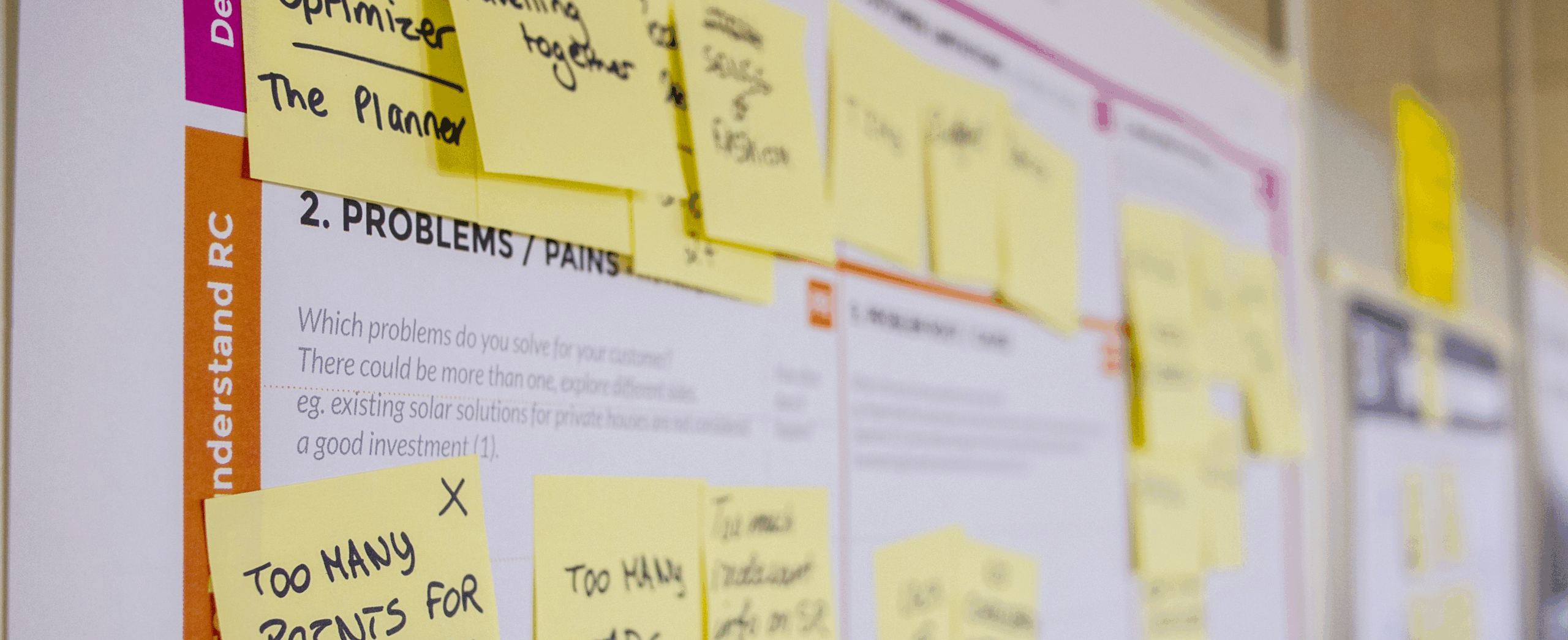
In Agile software development, user stories are one of the most important tools for defining work. Rather than writing lengthy requirements documents, Agile teams use short, human-friendly descriptions of functionality from the user’s perspective. A well-crafted user story keeps the focus on what the user needs and why — leaving the how for later in the development process.
What Is a User Story?
A user story is a brief statement that describes a desired feature or capability, typically using the format:
As a [type of user], I want [goal] so that [reason/benefit].
This structure emphasizes three key elements:
- The role — who will benefit from the feature.
- The goal — what the user is trying to achieve.
- The reason — why it matters to the user.
For example:
As a registered shopper, I want to save items to a wishlist so that I can purchase them later.
Why Use User Stories?
User stories offer several advantages in Agile environments:
- Clarity for the team — They focus discussions on user needs, avoiding unnecessary technical detail upfront.
- Flexibility — Stories can evolve as the team learns more during development.
- Collaboration — They encourage conversation between developers, testers, designers, and stakeholders.
- Prioritization — Product owners can easily rank stories in a backlog based on business value and urgency.
The Qualities of a Good User Story
A helpful guideline for writing effective user stories is the INVEST acronym:
- Independent — Stories should be self-contained and not depend heavily on others.
- Negotiable — Details can be refined through discussion.
- Valuable — Each story delivers something useful to the user.
- Estimable — The team can roughly estimate the effort involved.
- Small — Stories should be small enough to complete within a single sprint.
- Testable — It must be possible to confirm that the feature works as intended.
From Story to Acceptance Criteria
A user story is intentionally short, but it’s not the whole specification. To make it actionable, teams define acceptance criteria — specific conditions that must be met for the story to be considered “done.”
For example, acceptance criteria for the wishlist story might include:
- Users can add items from any product page to the wishlist.
- The wishlist persists between sessions.
- Users can remove items from the wishlist.
These criteria help guide development and testing, ensuring that the story’s intent is met.
User Stories in the Agile Cycle
In practice, user stories are captured in the product backlog, discussed in backlog refinement sessions, and selected for work during sprint planning. During the sprint, developers and testers collaborate closely with the product owner to clarify details. At the end of the sprint, the completed story is demonstrated and reviewed.
The Power of Conversation
Perhaps the most important thing to remember is that a user story is a placeholder for a conversation. Its purpose is not to document every requirement, but to spark collaboration and shared understanding. In Agile, the story is the starting point — the real value comes from the ongoing dialogue between the team and stakeholders.
By keeping user needs front and center, user stories help Agile teams deliver software that truly matters — one feature, one conversation, and one story at a time.
Common User Story Mistakes and How to Avoid Them
| Mistake | Why It’s a Problem | How to Avoid |
|---|---|---|
| Too technical | Focuses on implementation details rather than user needs, reducing flexibility. | Always write from the user’s perspective using the “As a… I want… so that…” format. |
| Too large (epic) | Oversized stories are hard to complete in a sprint and difficult to estimate. | Break large stories into smaller, independent ones that can be finished in one sprint. |
| No clear acceptance criteria | Leads to misunderstandings about when a story is “done.” | Define measurable acceptance criteria for every story before starting work. |
| Ambiguous user role | Without a clear audience, it’s hard to prioritize and design effectively. | Specify the exact type of user (e.g., “frequent flyer” vs. “customer”). |
| No business value | Features may get built that don’t actually benefit users or the business. | Ensure each story delivers tangible value — if not, drop it. |
| Dependencies between stories | Creates bottlenecks and complicates planning. | Write stories that are independent where possible, or clearly note dependencies. |
| Treating stories as full specs | Stifles conversation and adaptability. | Remember: a story is a placeholder for a discussion, not a contract. |
Miicor Consulting Launches a New Website
I’m generally excited to share that Miicor Consulting, Inc. has officially launched its new and improved website — miicor.com. The updated site reflects Miicor’s mission to deliver innovative solutions in business consulting, project management, and technology integration. Built with a clean, modern design, it’s now easier than ever to navigate and find the information you […]
What is my Current Progress Report?
I decided to switch from SiteGround to WPBuzz. Got a great deal on the switch, and I was not keeping track of all my websites very well. This website is the first switch. The rollover was 4/18/25. I saved all the MYSQL data from SiteGround, and downloaded all of the files from the original website. […]
Effective Ways for Designing a Website
by Web Designer Whether you are in requirement of developing your own site for individual use, or in requirement of an e-commerce website to sell services or companies, the procedure is often a daunting task. Fortunately, by acquiring the very best software, and having a clever idea of how the content will be shown, you […]
Website Design Tips And Strategies
by Web Designer Whether you are attempting to make cash through Adsense, an affiliate program, or just offering a product or service that you personally own, the positioning of the advertisements on your website can make all the distinction in the world. It has been shown that individuals gravitate to particular locations of a site […]



